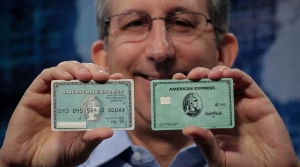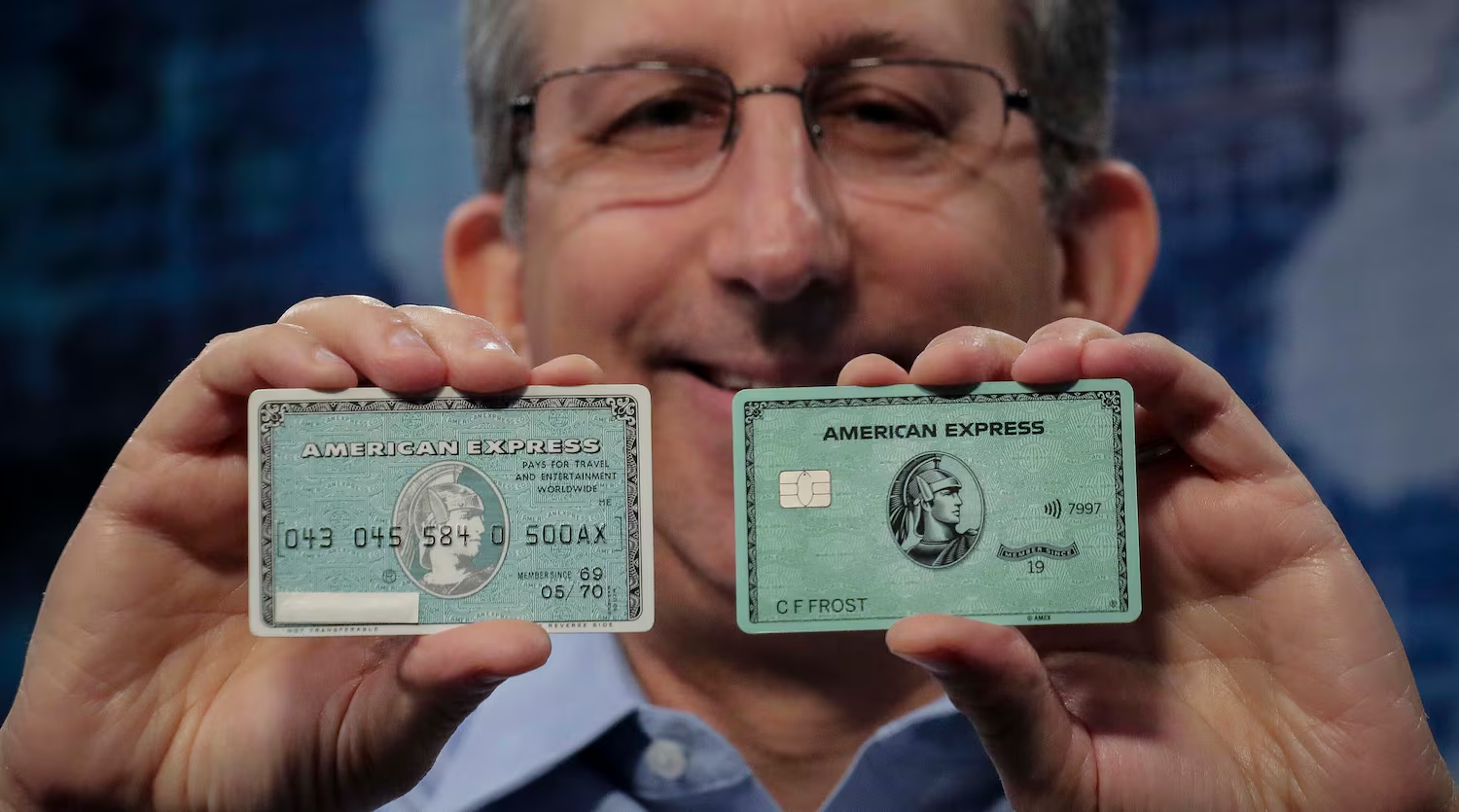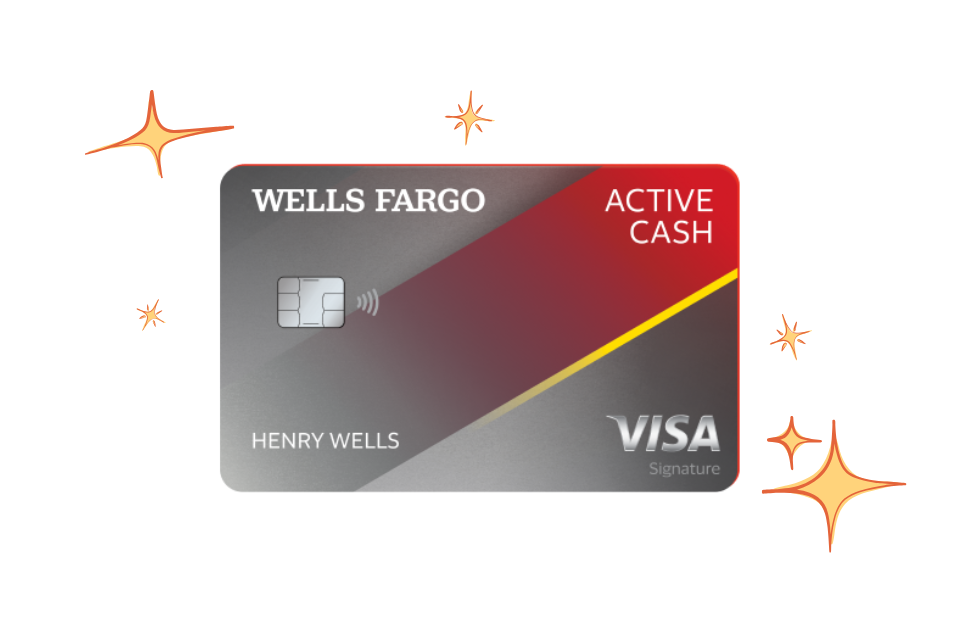When you’re stressed, overwhelmed, and struggling with debt, the appeal of a “quick fix” is incredibly strong. You see ads promising to wipe away debt, slash your payments dramatically, or offer a magic solution that sounds almost too good to be true. These easy answers whisper promises of instant relief, making the hard work of budgeting and discipline seem unnecessary. But in the world of debt management in the United States, truly fast and easy solutions are rare, and often, those tempting “quick fixes” are actually dangerous traps that can leave you worse off than before.
Understanding the difference between a legitimate debt solution and a harmful shortcut is vital. Scammers and predatory companies prey on people’s desperation. By recognizing the red flags and committing to proven strategies, you protect yourself and build a path to debt freedom that actually lasts. Let’s expose some common debt “quick fixes” and contrast them with what really works.
The Allure of the Quick Fix
Why are people drawn to these seemingly easy solutions? Simple:
- Desperation: When you’re drowning in debt, stressed, and getting calls from collectors, you want the pain to stop now.
- Complexity of Real Solutions: Budgeting, cutting expenses, sticking to a payoff plan – these require consistent effort and discipline over time. Quick fixes promise to bypass this hard work.
- Misinformation: Aggressive marketing from predatory companies can make their offers sound legitimate and highly beneficial.
But as the old saying goes, if it seems too good to be true, it probably is.
Common (and Dangerous) Debt Quick Fixes to Avoid
Be extremely wary of anything promising instant debt elimination or drastic payment reductions without requiring significant effort or having clear downsides.
- High-Interest Payday Loans or Title Loans to Pay Other Debts: This is like putting a tiny, very expensive band-aid on a gushing wound. These loans have exorbitant interest rates (often 300%+ APR or even much higher) and short repayment terms. Using them to pay off credit cards or other bills just swaps one debt for a far more predatory one, creating a debt cycle that’s incredibly hard to escape. You’ll likely end up owing much more.
- Debt Settlement Companies Promising Miracles (Without Explaining the Cost): While legitimate non-profit credit counseling is valuable, some for-profit debt settlement companies engage in questionable practices. They might promise to settle your debt for a tiny percentage of what you owe without clearly explaining that you’ll need to stop paying your creditors (destroying your credit score), that creditors aren’t obligated to settle and could sue you, that the forgiven debt might be taxable, and that they charge significant fees. They focus only on the “savings” number, not the severe negative consequences.
- Credit Repair Scams: Be wary of companies that ask for large upfront fees and promise to magically remove accurate negative information (like late payments) from your credit report. No one can legally remove accurate information from your report. Legitimate credit repair involves disputing inaccurate information yourself (which you can do for free) or getting help from a reputable non-profit agency. Scammers take your money and do little or nothing, or engage in illegal practices like disputing everything repeatedly.
- “Secret Government Programs” or Unsolicited Offers: Anyone contacting you out of the blue promising a government bailout for your debt or an exclusive program is almost certainly running a scam. The government doesn’t have secret programs to magically eliminate your personal debt.
- Borrowing from Retirement Accounts (Unless Extreme Emergency): Taking money from your 401(k) or IRA to pay off debt might seem easy, but it comes with penalties (if under age 59.5) and taxes, and more importantly, it sacrifices your future financial security. That money loses its potential for tax-deferred growth, making it incredibly difficult to catch up on retirement savings later. It should only be considered in truly dire, last-resort emergencies, not as a casual way to clear credit cards.
What Actually WORKS for Long-Term Debt Freedom
Sustainable debt elimination isn’t always fast, but it is effective and builds lasting financial health. These are the proven strategies:
- Build a Realistic Budget and Cut Spending: This is foundational. You must spend less than you earn to free up money to pay off debt. Identify where your money is going and make conscious choices to cut back on non-essentials.
- Create and Stick to a Debt Payoff Plan: Choose a method like the Debt Snowball (for motivation) or Debt Avalanche (for interest savings) and consistently apply extra payments to your target debt while making minimums on others. Consistency is key.
- Increase Your Income: Finding ways to earn extra money (side hustle, selling items, asking for a raise) provides more fuel for your debt payoff plan, accelerating the process without severe deprivation.
- Use Smart Consolidation Tools (Wisely): If you qualify, a 0% intro APR balance transfer card or a personal loan with a significantly lower APR can be useful tools within your plan to save interest or simplify payments. But they only work if you pair them with disciplined spending and a plan to pay off the consolidated amount.
- Seek Help from Reputable Non-Profits: A credit counseling agency can provide structure, negotiation (via DMP), and education, which are real, sustainable forms of assistance.
- Prioritize Building an Emergency Fund (Even Small): Having some savings prevents future unexpected costs from forcing you back into debt.
Don’t fall for the seductive promises of debt “quick fixes” in the United States. They often come with hidden costs, significant risks, and rarely address the underlying issues that led to the debt. True debt freedom comes from facing your situation honestly, creating a realistic plan based on budgeting and consistent payments, and building sustainable financial habits. It takes time and effort, but the result – lasting financial health and peace of mind – is absolutely worth it.









